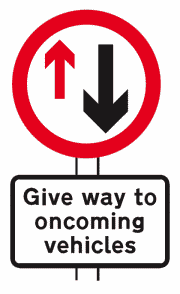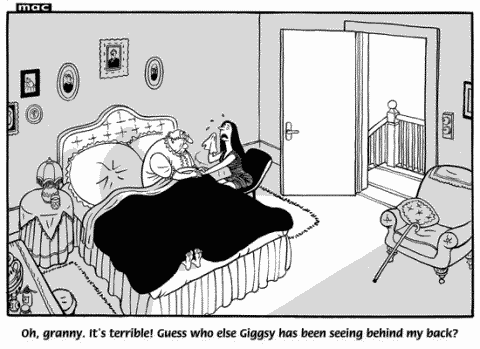This is a very old article. DSA is now DVSA.
Here’s an interesting article from Tiger.co.uk (site no longer exists), reviewing the cost of getting on the road for new drivers.
It points out the following:
The Driving Standards Agency suggest that it is very unlikely that anyone except an approved driving instructor will have the knowledge and experience necessary to teach learner drivers properly. Research conducted by the agency shows that the average number of professional lessons required to pass a test is 47, along with 20 hours of private practice with someone who has held their driving licence for at least 3 years and is over the age of 21.
According to the AA driving school the average cost of a driving lesson in the UK currently is £24, which makes the prospect of having to afford 47 quite expensive; particularly among a group who are already being hit by increased education fees and a pressurised job market.
Tiger (now defunct)
It goes on to say that there is a “worrying trend” to ignore the DSA’s advice and to try to learn without “professional” help in order to save money.
Tiger then summarises typical costs involved in going from novice to on-the-road (likely to be higher for some males, and assuming first time passes):
- provisional licence – £50
- lessons – £1,128
- learner insurance – £256
- test fees – £106
- used car – £1,350
- road tax – £130
- insurance – £2,431
This amounts to £5,451, of which driving lessons represent 20% of the overall outlay.
What the article fails to mention, though, is that if someone is given poor training then they won’t usually pass. Some will, but most won’t – so they end up having to take lessons anyway, make multiple attempts at the test, and the overall cost usually ends up higher than if they’d done it properly in the first place.
And there is something else that Tiger (and the DSA, and the AA) has missed. Not all instructors are equal – in more ways than one.
I’ve just picked up a new pupil. When I enquired about her driving experience, she told me she’d had 14 hours with an instructor, but she wasn’t happy with how well she was progressing so she wanted a new trainer. She told me she hadn’t done any of the manoeuvres, and had just driven around on lessons. I concluded that she could probably drive quite well, so I’d begin introducing a couple of manoeuvres once I’d checked out her driving.
On her first lesson she couldn’t even get the car moving without stalling. She’d never had the clutch explained to her, never done any clutch control exercises, and – it turned out from the look of terror on her face when I moved out on to a main road – never driven on proper roads!
When I questioned her on this, it seems that her instructor often turned up late, picked her up and drove her to a location, let her drive for an hour, then drove her back home – usually finishing early. She was paying for 2 hour lessons, but getting little more than 1 hour of driving much of the time. Seven lessons of this – and around £300 of her money – she’d gotten wise. But many don’t.
The thing is, there is nothing wrong with her driving. In one 2 hour lesson I got her doing a turn in the road to the point where all she has to do is practice it, discovered that she is a natural reverse steerer for the corner reverse exercise, and introduced the parallel park. On her second lesson, which was just an hour, we did clutch control exercises on a hill and she was able to drive in slow traffic and move off at junctions without stalling.
After 14 hours, she should have already covered most of that, and definitely how to move off properly, because she was easily capable of learning it. Instead, she’d been taught to find the bite before/without gas and work the rest out for herself (she doesn’t know if she’d been using diesel or not, but I have my suspicions).
So Tiger (and the DSA, and the AA) need to be careful not to gloss over these sorts of problems. They’re far more common than many would like to believe. Not all “professionals” are professional, and some parents are capable of doing an infinitely better than some instructors.



 Well done to Bhaira, who passed today with 5 driver faults. Well-deserved, and will fit in nicely with the need to travel to different hospitals now you’ve graduated.
Well done to Bhaira, who passed today with 5 driver faults. Well-deserved, and will fit in nicely with the need to travel to different hospitals now you’ve graduated.

